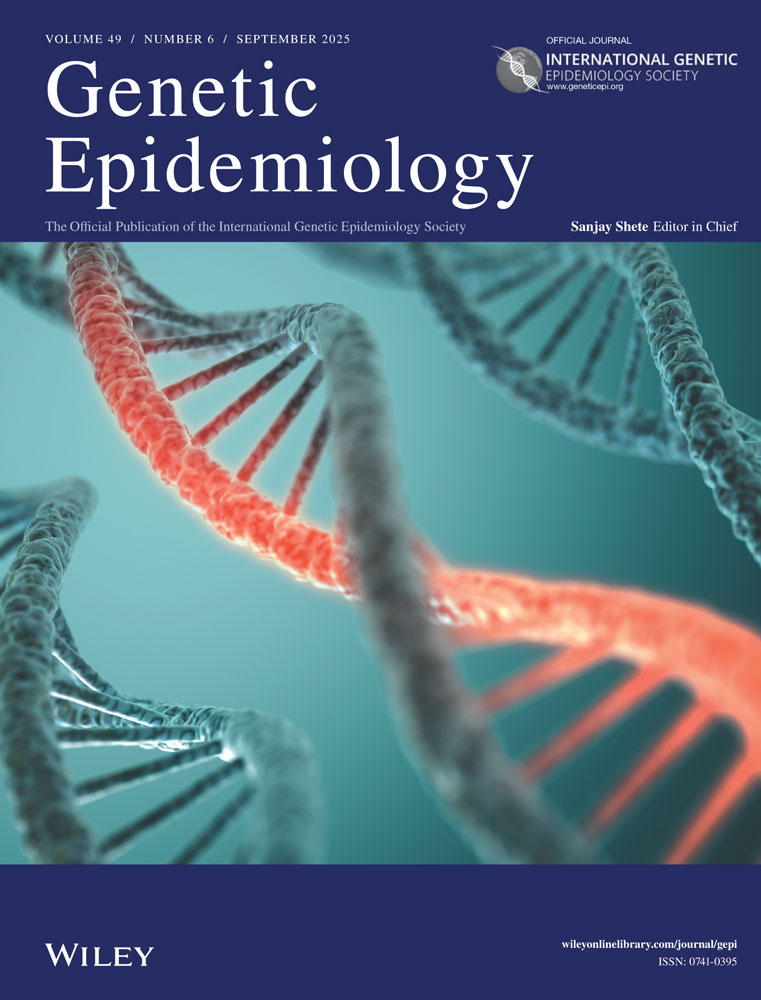The incomplete, multiple ascertainment model: Assumptions, applications, and alternative models
Abstract
Assumptions and applications of the widely used incomplete, multiple ascertainment model have been examined. The common use of a reduced version of the model by suppressing the information about independently ascertained probands leads to inaccurate and unstable estimates. The fact that many samples consist mainly of families ascertained through the first member who has the disorder may lead to seriously biased estimates of the segregation probability, as the model does not take this common ascertainment situation into account.




